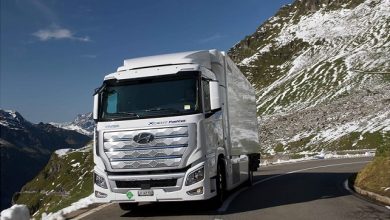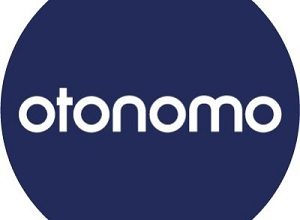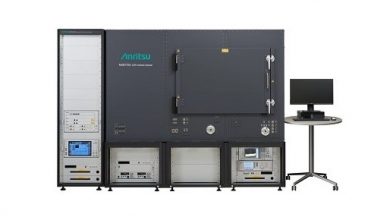Global Automotive Cybersecurity market is expected to reach $7.67 billion by 2027

According to Stratistics MRC, the Global Automotive Cybersecurity Market is accounted for $1.66 billion in 2019 and is expected to reach $7.67 billion by 2027 growing at a CAGR of 21.1% during the forecast period.
Some of the key players profiled in the Automotive Cybersecurity Market include Audi, Argus Cyber Security Ltd, Arilou Technologies Ltd, BMW, BT Security, Cisco Systems, Inc, Continental AG, Karamba Security, Symantec Corporation, Daimler Trucks, Ford, Honda, Nissan, Tesla Motors, and Volvo Car Group.
The increasing number of connected cars and electronic content per vehicle, and reinforcement of mandates by regulatory bodies for vehicle data protection are the major factors boosting the growth of the market. However, high costs involved in automotive cybersecurity and complex ecosystem with multiple stakeholders are hampering the grpwth of the market.
Security concerns in the automotive industry have risen along with autonomous vehicles and connected cars around the corner. This has resulted in an increased level of cyber-attacks in the automotive industry which has fuelled the need for automotive cybersecurity systems. The vehicle comprising of various electrical components that are connected through an internal network is easily accessible to hackers. The hackers could take complete control of safety-critical components such as engines or brakes by gaining access to a tangential electronic control unit. Thus, with the increasing popularity of connected vehicles, the auto-makers are working in association with internet service providers and software companies to offer cybersecurity systems to the users. The growing incorporation of advanced features and growing adoption of telematics services in automobiles are also strongly boosting the expansion of the global automotive cybersecurity market.
Based on the application, the communication systems segment is going to have a lucrative growth during the forecast period owing to the rising deployment of technologies in modern vehicles. The V2V technology permits vehicles on the road to communicate with other vehicles and share data regarding road conditions and various other factors through the network created among vehicles. This connected car technology assists the drivers in avoiding car crashes and reduce traffic congestions and environmental degradation.
By geography, Asia Pacific is going to have a lucrative growth during the forecast period due to the enhanced usage of wireless network systems and in-vehicle infotainment systems have accelerated the sales of connected vehicles in China, driving the Asia Pacific market expansion. Furthermore, improved research in the intrusion detection systems and growing integrated software in modern vehicles will fuel the market demand.
Securities Covered:
- Endpoint Security
- Application Security
- Wireless Network Security
- Hardware Security
- Software Security
- Cloud Security
Services Covered:
- In-Vehicle Services
- External Cloud Services
Product Types Covered:
- Intrusion Detection and Prevention System (IDPS)
- Intrusion Detection System (IDS)
Vehicle Types Covered:
- Passenger Vehicle
- Commercial Vehicle
- Electrical Vehicle
Applications Covered:
- Telematics Systems
- Infotainment Systems
- Powertrain Systems
- Body Control & Comfort Systems
- Communication Systems
- ADAS & Safety Systems
- On-Board Diagnostic (OBD)
Regions Covered:
- North America
- US
- Canada
- Mexico
- Europe
- Germany
- France
- Italy
- UK
- Spain
- Rest of Europe
- Asia Pacific
- Japan
- China
- India
- Australia
- New Zealand
- South Korea
- Rest of Asia Pacific
- South America
- Argentina
- Brazil
- Chile
- Rest of South America
- Middle East & Africa
- Saudi Arabia
- UAE
- Qatar
- South Africa
- Rest of Middle East & Africa
What our report offers:
– Market share assessments for the regional and country-level segments
– Market share analysis of the top industry players
– Strategic recommendations for the new entrants
– Market forecasts for a minimum of 9 years of all the mentioned segments, sub-segments, and the regional markets
– Market Trends (Drivers, Constraints, Opportunities, Threats, Challenges, Investment Opportunities, and recommendations)
– Strategic recommendations in key business segments based on the market estimations
– Competitive landscaping mapping the key common trends
– Company profiling with detailed strategies, financials, and recent developments
– Supply chain trends mapping the latest technological advancements




